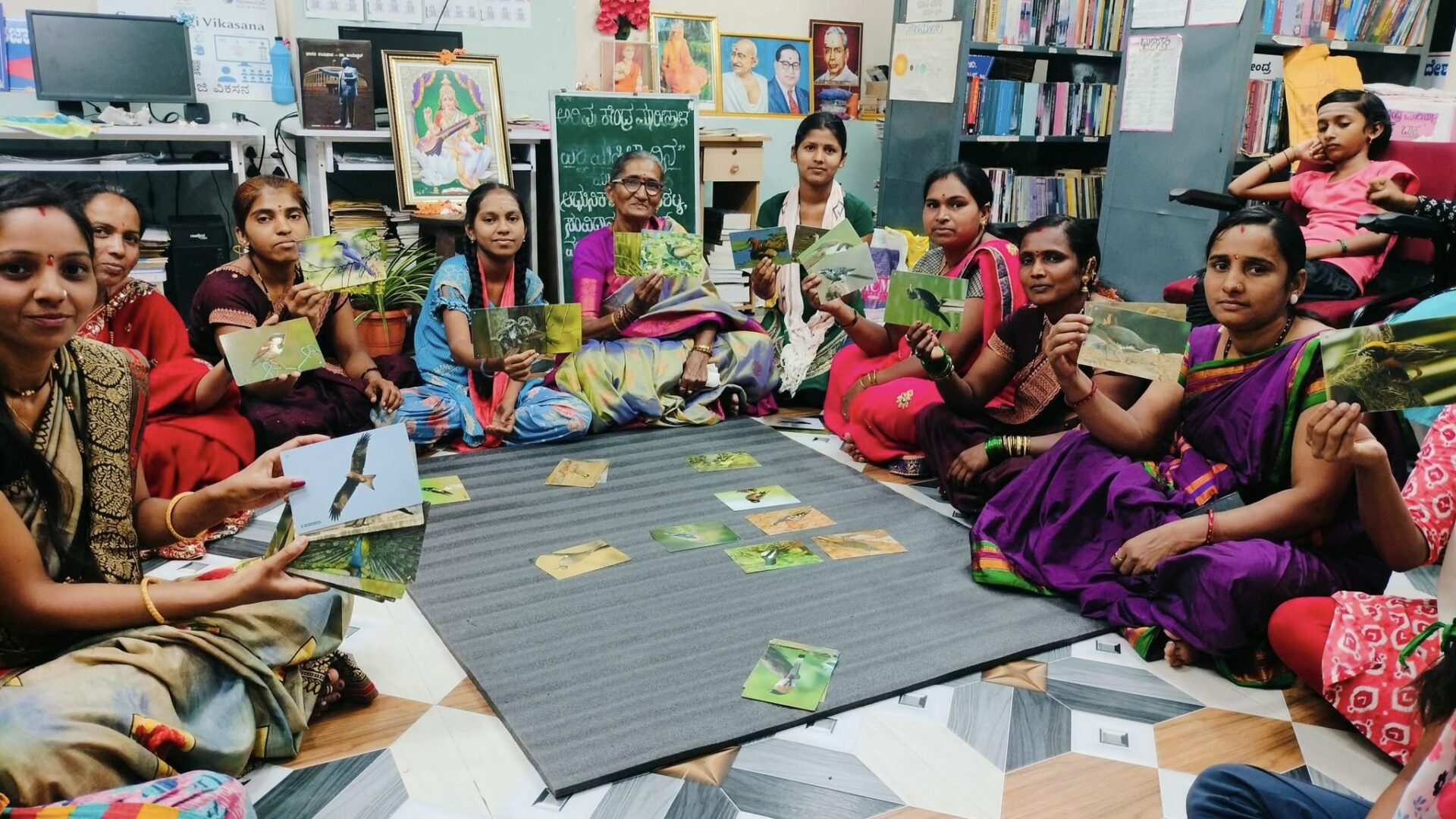For sustainable cities, think of birds
Cities are often represented from a bird’s-eye view (i.e. in maps), but what would urbanism actually look like through the eyes of birds? The way we design cities says a lot about who and what we value, and birds are definitely overlooked in mainstream city planning —imagine being a pigeon in the middle of concrete deserts full of (deceptive) glass and noise. And yet, birds play an essential role in urban sustainability. As the conservation organisation BirdLife says, “we need birds far more than they need us.” Because they offer low-cost, natural services that help us function better. Some birds, like swallows, keep insect populations in check. Others, like blackbirds, disperse seeds, helping green spaces grow. Birds are also bioindicators: when their health declines, it often signals pollution or environmental stress that can affect humans too. Plus, their presence in parks and public spaces brings emotional well-being to urban residents.
However, birds —and greenery more broadly—aren’t distributed equally across cities. Research shows that lower-income neighborhoods tend to have fewer trees and are more exposed to urban heat. In this context, birds become indicators not just of ecological health, but of environmental justice. But they can also be part of the solution. Birds are accessible—many people can’t afford to travel to the wilderness for leisure, but anyone can watch a sparrow in a neighborhood park. In this way, birds turn urban dwellers into everyday conservationists. Initiatives like feminist bird clubs, for example, use birding to create safe, inclusive spaces for connecting with nature.
Another initiative leveraging birds as entry points for inclusive urban engagement is the Early Bird program in diverse Indian regions. Led by the Nature Conservation Foundation, it operates in several cities across the subcontinent to help children and beginners explore India’s rich birdlife. Through flashcards, pocket guides, videos, and workshops, it introduces urban residents—especially kids—to the joy of birdwatching. Materials are available in several Indian languages and are designed to be used at home, in the classroom, or outdoors. The project also trains teachers and amateur birdwatchers to become “birding buddies” who bring birds into schools and communities, making nature education more inclusive and locally rooted — even in dense or degraded environments.
All in all, a key point to retain is that cities designed with birds in mind become healthier, more meaningful places for all their inhabitants, human and non-human alike. To learn more about bird-friendly cities, check out the Biophilic Cities Network, which acknowledges the urban responsibility to “conserve global nature as a shared habitat for non-human life and people”.
Image credit: Early Bird (Facebook)

